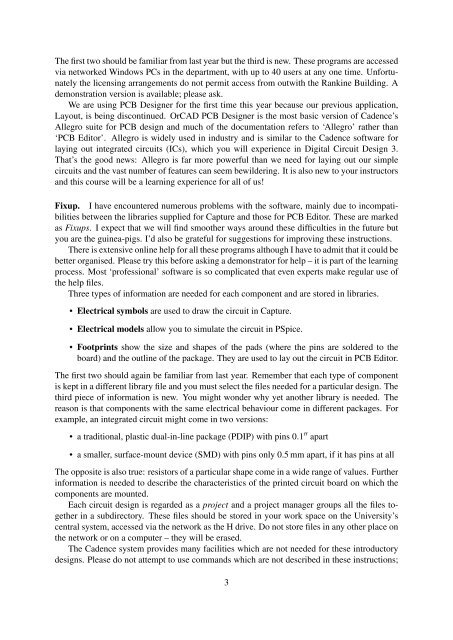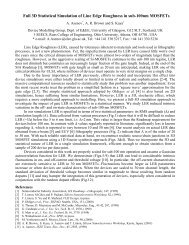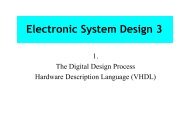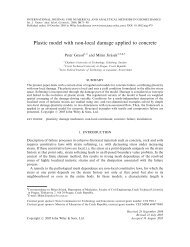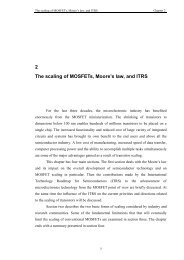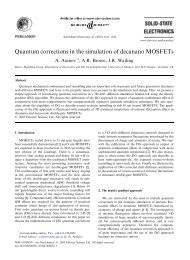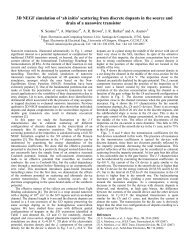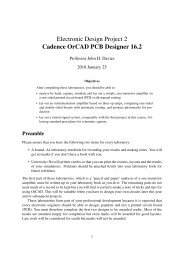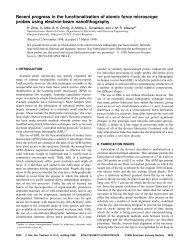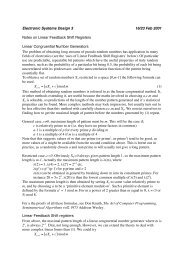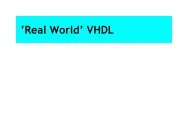Cadence OrCAD PCB Designer
Cadence OrCAD PCB Designer
Cadence OrCAD PCB Designer
You also want an ePaper? Increase the reach of your titles
YUMPU automatically turns print PDFs into web optimized ePapers that Google loves.
The first two should be familiar from last year but the third is new. These programs are accessed<br />
via networked Windows PCs in the department, with up to 40 users at any one time. Unfortunately<br />
the licensing arrangements do not permit access from outwith the Rankine Building. A<br />
demonstration version is available; please ask.<br />
We are using <strong>PCB</strong> <strong>Designer</strong> for the first time this year because our previous application,<br />
Layout, is being discontinued. <strong>OrCAD</strong> <strong>PCB</strong> <strong>Designer</strong> is the most basic version of <strong>Cadence</strong>’s<br />
Allegro suite for <strong>PCB</strong> design and much of the documentation refers to ‘Allegro’ rather than<br />
‘<strong>PCB</strong> Editor’. Allegro is widely used in industry and is similar to the <strong>Cadence</strong> software for<br />
laying out integrated circuits (ICs), which you will experience in Digital Circuit Design 3.<br />
That’s the good news: Allegro is far more powerful than we need for laying out our simple<br />
circuits and the vast number of features can seem bewildering. It is also new to your instructors<br />
and this course will be a learning experience for all of us!<br />
Fixup. I have encountered numerous problems with the software, mainly due to incompatibilities<br />
between the libraries supplied for Capture and those for <strong>PCB</strong> Editor. These are marked<br />
as Fixups. I expect that we will find smoother ways around these difficulties in the future but<br />
you are the guinea-pigs. I’d also be grateful for suggestions for improving these instructions.<br />
There is extensive online help for all these programs although I have to admit that it could be<br />
better organised. Please try this before asking a demonstrator for help – it is part of the learning<br />
process. Most ‘professional’ software is so complicated that even experts make regular use of<br />
the help files.<br />
Three types of information are needed for each component and are stored in libraries.<br />
• Electrical symbols are used to draw the circuit in Capture.<br />
• Electrical models allow you to simulate the circuit in PSpice.<br />
• Footprints show the size and shapes of the pads (where the pins are soldered to the<br />
board) and the outline of the package. They are used to lay out the circuit in <strong>PCB</strong> Editor.<br />
The first two should again be familiar from last year. Remember that each type of component<br />
is kept in a different library file and you must select the files needed for a particular design. The<br />
third piece of information is new. You might wonder why yet another library is needed. The<br />
reason is that components with the same electrical behaviour come in different packages. For<br />
example, an integrated circuit might come in two versions:<br />
• a traditional, plastic dual-in-line package (PDIP) with pins 0.1 ′′ apart<br />
• a smaller, surface-mount device (SMD) with pins only 0.5 mm apart, if it has pins at all<br />
The opposite is also true: resistors of a particular shape come in a wide range of values. Further<br />
information is needed to describe the characteristics of the printed circuit board on which the<br />
components are mounted.<br />
Each circuit design is regarded as a project and a project manager groups all the files together<br />
in a subdirectory. These files should be stored in your work space on the University’s<br />
central system, accessed via the network as the H drive. Do not store files in any other place on<br />
the network or on a computer – they will be erased.<br />
The <strong>Cadence</strong> system provides many facilities which are not needed for these introductory<br />
designs. Please do not attempt to use commands which are not described in these instructions;<br />
3


